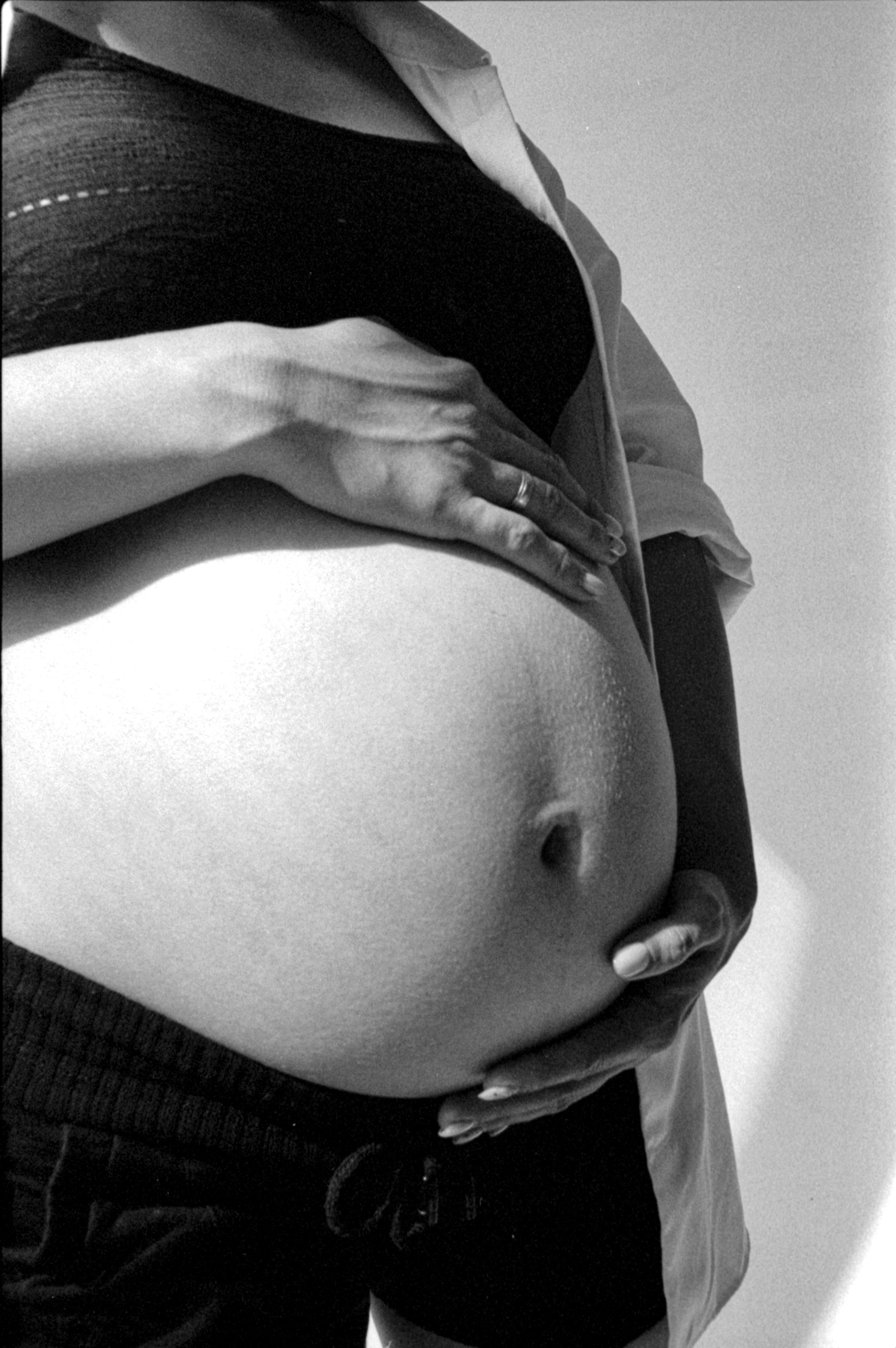
Embracing Emotional, Social, and Medical Well-being in the Third Trimester
The third trimester is a time of immense transformation, not only physically but also emotionally, socially, and medically. As your body prepares for the arrival of your baby, it’s crucial to prioritise holistic health to navigate these changes with confidence and joy. While much focus is placed on emotional and social aspects, understanding the medical considerations during this phase is equally important. Here, we explore strategies to nurture these dimensions of health as you prepare for childbirth and beyond.

Understanding Braxton Hicks Contractions: What to Expect in the Third Trimester
As you journey through the third trimester, your body begins preparing for the arrival of your baby in remarkable ways. One of the most common – and sometimes confusing – experiences is Braxton Hicks contractions. These "practice contractions" can catch you off guard, but understanding them can make this part of pregnancy less daunting.

Physiological and Psychological Changes in the Third Trimester
The third trimester of pregnancy, typically spanning weeks 28 to 40, is a remarkable period of transformation as the body prepares for childbirth. This phase is characterised by significant physiological and psychological changes that are essential for the baby’s development and the mother’s readiness for labour. Understanding these changes can help expectant mothers navigate the challenges and celebrate the incredible process of creating life.

Why Hypnobirthing Is Beneficial for Labour, Birth, and Beyond
One of the most common misconceptions about hypnobirthing is that it’s only for vaginal, unmedicated births. That couldn’t be further from the truth. Whether your birth is vaginal, abdominal (caesarean), induced, or highly medicalised, hypnobirthing techniques can make the experience more positive and empowering.

The Benefits of Omega-3 Fatty Acids During Pregnancy, Breastfeeding, and Postpartum: Why Nutrition Matters
Omega-3 fatty acids, particularly DHA (docosahexaenoic acid) and EPA (eicosapentaenoic acid), play a crucial role in the health of mothers and babies during pregnancy, breastfeeding, and postpartum recovery. These essential fats are vital for brain and eye development in babies and offer numerous health benefits for mothers.

The Role of the Placenta in Pregnancy: Its Importance and How to Nourish It
The placenta begins to form shortly after fertilisation and attaches to the uterine wall, connecting to the baby via the umbilical cord. It acts as a critical interface between mother and baby, supporting the pregnancy in several ways:

